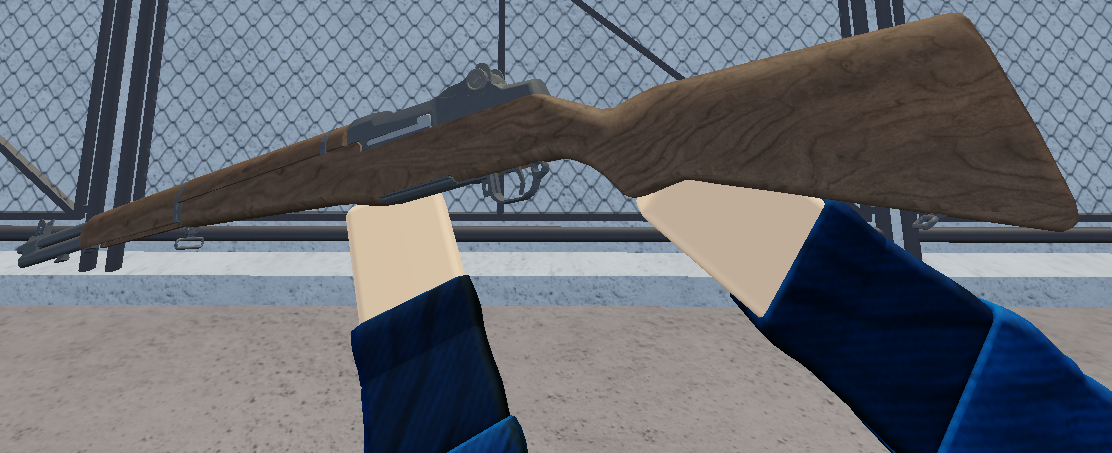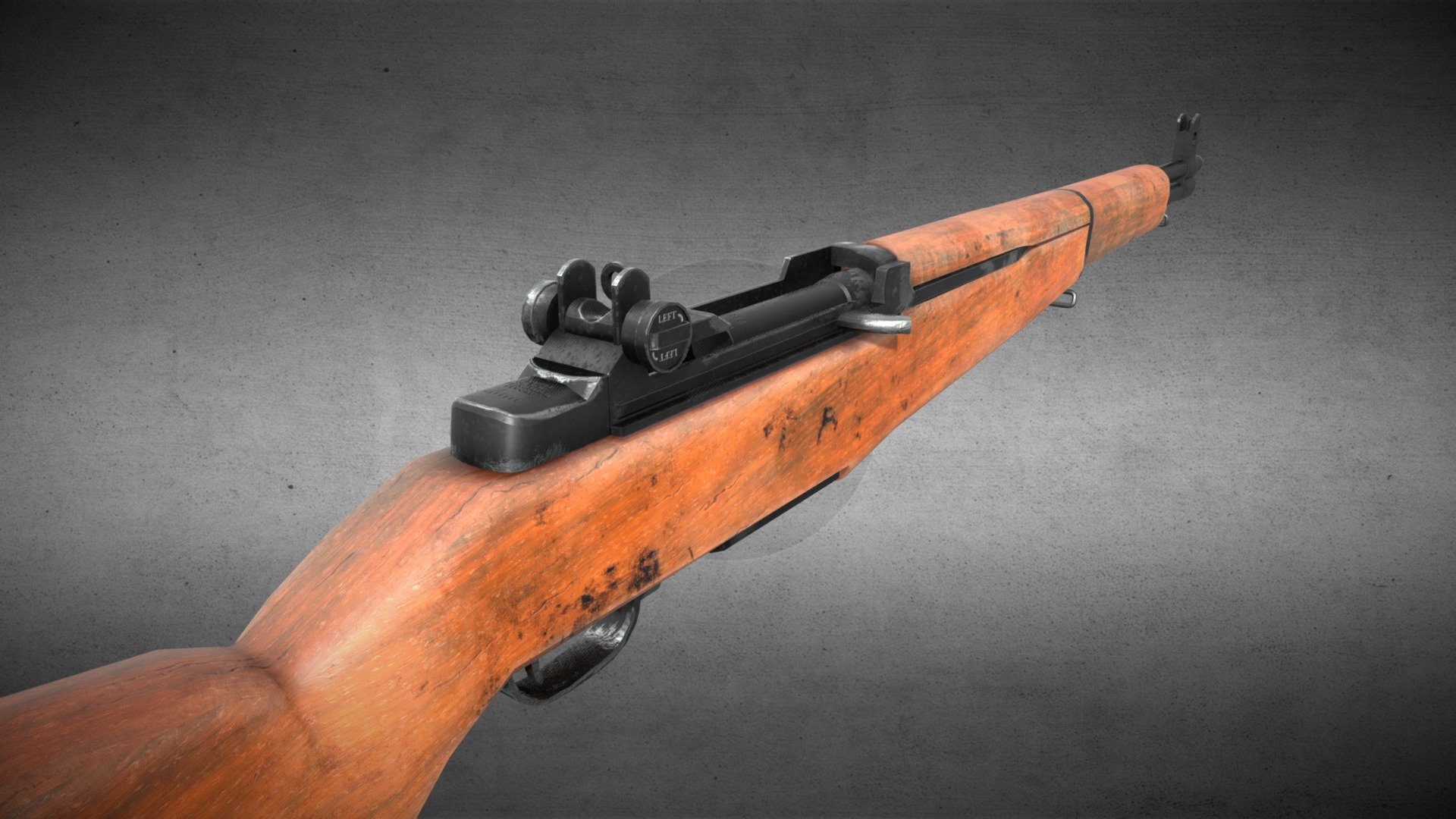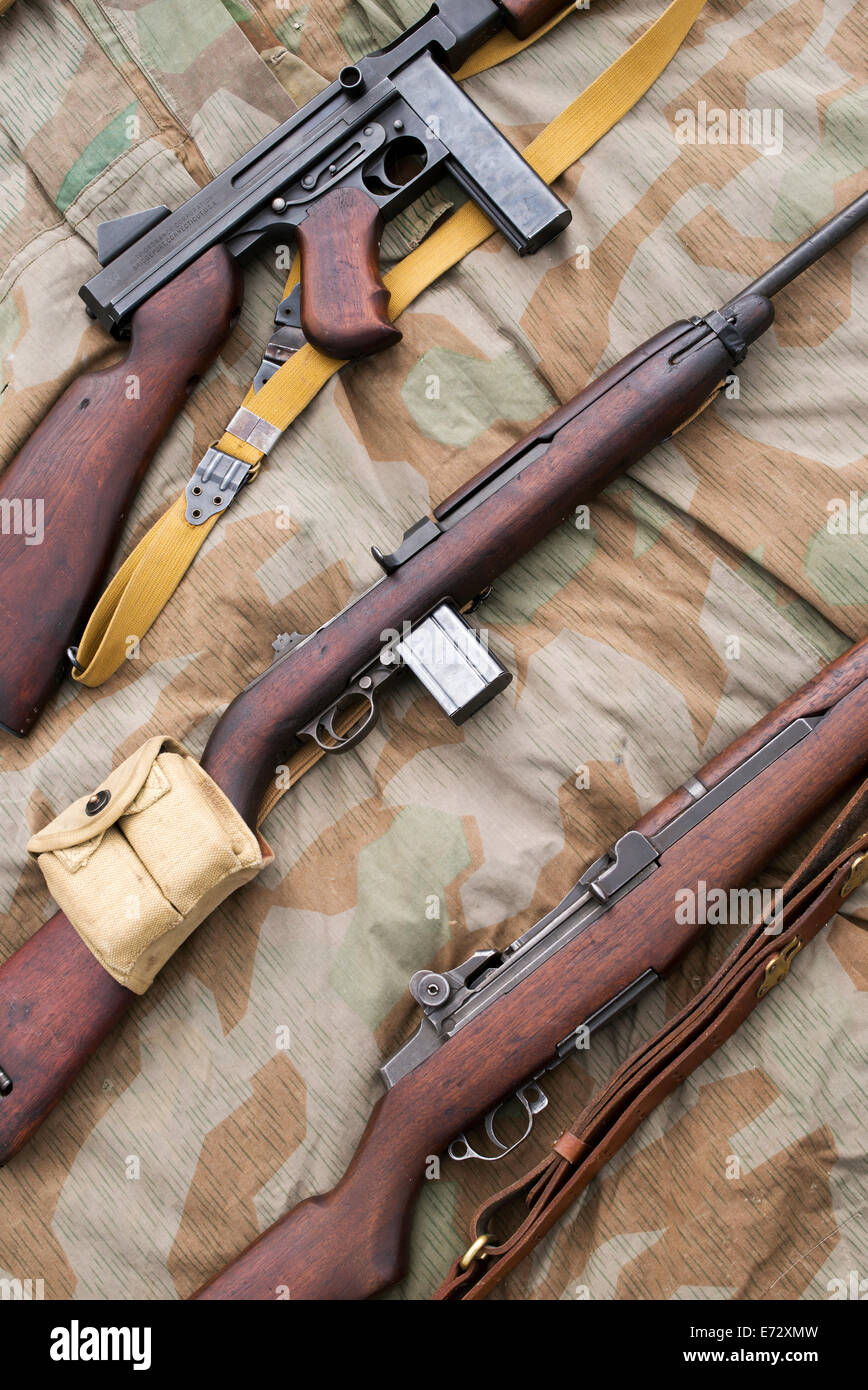M1 Garand Pictures - When people talk about famous weapons from the Second World War and others, you often hear other weapons. Lee Enfield, Mosin Nagant, 1911, Thomson M1928 and one you keep hearing about, the M1 Garand. With its *ping* signal, the weapon is instantly recognizable. A beautiful piece of gun history was purchased by a fellow shooter. It's time to take a closer look at the Garand and write a review about it!
The Garand was designed by Jean Cantius Garand. In 1917, Garand enlisted in the U.S. Army. Shortly after the First World War (in 1919), Garand was transferred to the Springfield Armory. There he was given the task of creating a self-loading gun by emptying a spent cartridge and firing a new cartridge with air pressure. It takes a long time to design a gun that is practical, reliable and well made. It took about 15 years for the first prototype of the weapon to meet all the requirements of the US.
M1 Garand Pictures

In 1932, the Garand was authorized into the US Army on January 9, 1936. Mass production of the Garand began in 1940, and the Garand replaced the Springfield M1903 rifle. This made the US During the war, approximately 4 million units of this gun were produced by Springfield Armory, but also by Harrington & Richardson and International Harvester.
World War Two Issue Springfield Armory M1 Garand
Not only during the Second World War, but even after this time, the Garand remained in the armory for a while. A large part of the Garands were collected after the Second World War or sold to allied countries. Some of the grenades were also converted into sniper rifles.
In addition to being deployed on a large scale during World War II, the Garand was also used in Korea and Vietnam.
In 1958 it was decided to replace the Garand with the M14. This weapon is lighter, has more magazine capacity and fires a lighter cartridge, such as the .308 Winchester. It would be 1963 before the Garand was replaced by the M14. The M1 is still used by the US Army for tactical operations.
One of the most famous stories about the Garand is by General Patton. He said of the weapon "In my opinion, the M1 rifle is the greatest weapon of war ever created."
The Cmp Starts Release Of 100,000 M1 Garands!
The Garand is a semi-automatic weapon in the .30-06 caliber. This copy was made by Springfield Armory in 1944. At least that's what it says on the receiver. With this copy it is not very difficult to check if all the original parts of the weapon are still intact. By looking at the stamps on the wood you can make a good estimate, more on this later.
It takes a long time to hit and unwind if a little on the hard side. The latter has its advantages and disadvantages. Wei commands soldiers who carry this weapon. You should carry less than 5 kg of heavy weapons with you day and night in addition to the rest of your pack, guns, etc. Wrong shooting session. For one it will be less affected than for the other, and this means Testing and training The advantage of the weighted weapon is that it reduces recoil and makes the weapon quieter when firing.
The visor of the Garand can be adjusted back to the left / right (wind) but to the height. Windage is adjustable on the right side of the visor, elevation adjustment is on the left side of the visor. By turning this adjustment forward or backward, the sight is adjusted.

All garands are marked in a number of places on the tree. A little Google work can help you figure out what the symbols mean. A variety of dies have been used exclusively for the manufacturer Springfield Armory. Therefore, in this review, I will limit myself to the stamps found on this weapon. The stamps seen on this copy are on the left side just behind the handle| S A | and the T below it. The S is partially worn/slightly worn. The SA symbol stands for Springfield Armory, and the T indicates that the weapon is "made" or a Garand that is manufactured. The T (or other letter) is the first of the editor, who assembles the weapons in the factory.
File:m1 Garand Rifle.jpg
Additionally, this Garand has the (P) marking on the pistol grip. This mark means that his weapon (barrel) was tested by Springfield Armory. The valve was tested with the cartridge and produced high pressure. The barrel is then inspected, and if found to be good, the Garand takes the head (P).
Disassembling the Garand is easy, you don't need any tools. But maybe it's about the breakup of the trigger group that started the unraveling. However, the first step is to check if the gun is completely empty by moving the handle of the gun back. Check the weapon to make sure there are no cartridges in the chamber or magazine. Then grab the tension handle and pull back. Then push down on the cartridge application and slowly move the valve forward. Leave the gun for disassembly. So there is no need to pull the trigger and move forward under the guidance of the boss.
Then rotate the weapon so that the trigger guard is pointing up. Just behind the trigger guard is a hole where you can insert the GI Combo tool if you have one. Of course it can also be screwed if the size is right. Press down on the stick with your thumbs and move the combination tool or screwdriver up to release the trigger group from the lock. You can remove the trigger group from the weapon. Once you have the weapon back on you can separate the stock from the part of the weapon and the barrel and fold it by moving the stock up (the weapon is still facing down).
We can begin to disassemble the weapon by removing the correct handle, cartridge and lock. We start by removing the cartridge feed bar by moving it to the spring press and away from the cartridge feed tray. The cartridge feed cartridge can be removed from the weapon by removing it as well as the valve spring from the swing handle.
Evolution Of The M1 Garand Gas Cylinder
The next step is to remove the feed pin so that the feed mechanism can be disassembled. For this pin it is easy to use the GI Combo tool. Press the pin out with the tool and the pin can be removed from the weapon. So it is very easy to remove the food cartridge. The cartridge feed mechanism can be removed from the valve body. Be careful when laying in the valve housing as the feed mechanism can also be installed the wrong way, meaning the weapon will not work and must be disassembled and reassembled.
After removing the cartridge feed mechanism, the cartridge guide can be removed from the weapon. This is just in front of the valve body and can be removed from the valve body with light force. Because the bracket is a little tight. Once removed, the slide mechanism can be removed from the valve body. You can take this at any angle. Once this is removed, the final step can be taken by removing the handle of the weapon. By moving backwards pull it up a little and turn it to the right. The armor is now completely disassembled for regular maintenance.
The Garand does not have an external magazine that you can detect and install a new magazine, instead it uses clips. Normally the clips are 8 snaps but clips are also made in 5 or 2 snaps. Once the weapon is disengaged, the clip can be repositioned by pulling back the cocking handle. The valve remains in the rear position and a clip can be inserted.

A clip can be placed by pressing down to hit from above. When you hear a small click, the clip is in the hammer and you can remove the valve cover by pulling the handle back. When you release the trigger handle, the valve moves forward
Brickarms® M1 Garand Rifle
Taurus gc2 9mm holster, yamaha gc2 review, 2014 taurus review, the judge taurus review, taurus defender review, foresight gc2 review, taurus judge magnum review, taurus gc2 holster, gc2 review, yamaha gc2 piano review, gc2 compression shirt review, taurus p111 g2 review
0 Comments